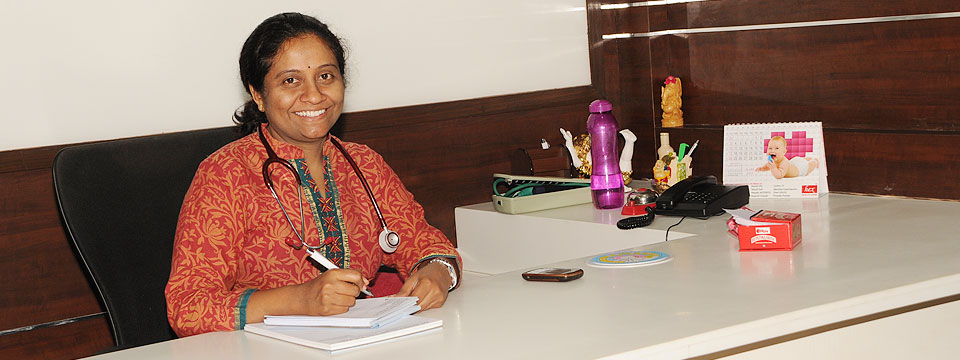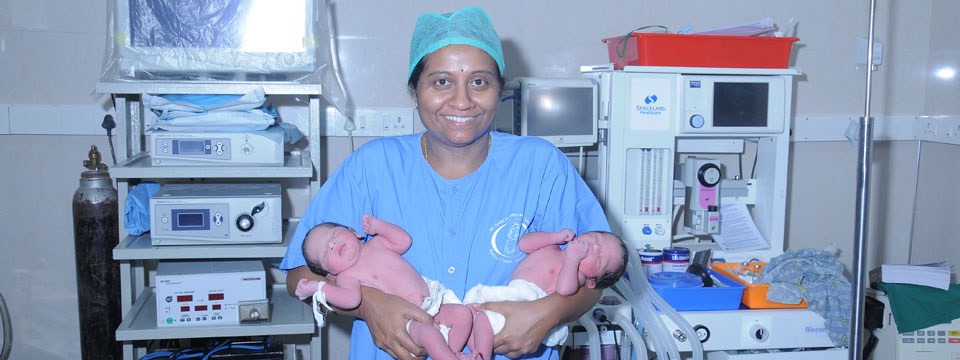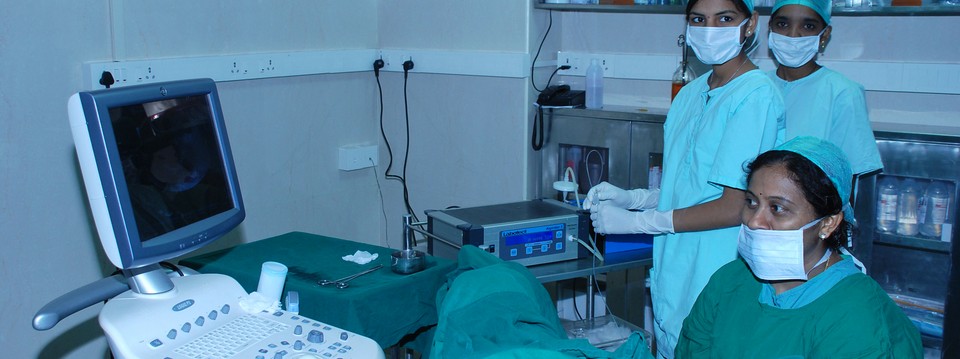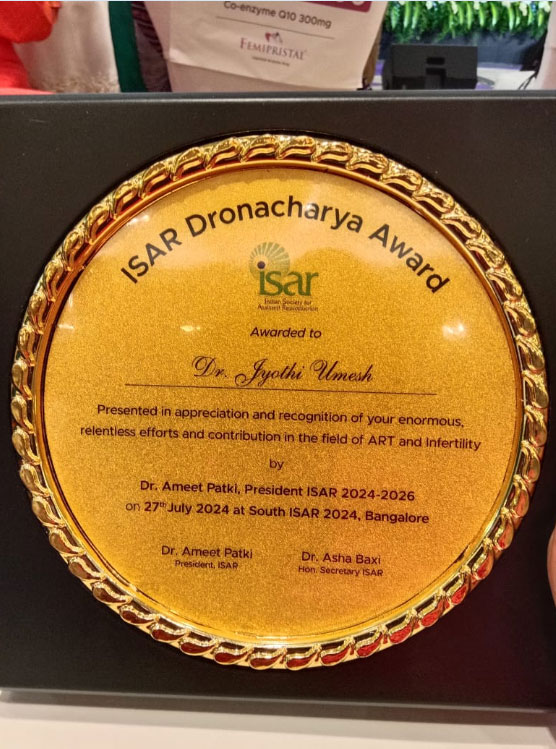Intrauterine insemination (IUI)
Causes for Female Infertility

What is Infertility ?
Infertility refers to an inability to conceive after having regular unprotected intercourse for 1 year. There are various cause for infertility where it is accounted equally between men and women. There are many ways to address infertility like simple counseling, simple medications, high dose hormones, assisted reproductive techniques, donors and surrogates or adoption.
Intrauterine insemination (IUI)
Intrauterine Insemination is a treatment that has been utilized for various causes of infertility particularly couples with unexplained infertility, cervical factor infertility, endometriosis and also for male factor infertility. This is the procedure where sperms from male partner are taken, processed and deposited directly into the uterus using a catheter that is passed through the cervical canal.
With natural intercourse many of the ejaculated sperms never pass the cervix up to the fallopian tubes where fertilization takes place. The concept of this IUI procedure is to isolate the motile sperms that are ejaculated and place high in the reproductive tract of the female partner. By placing the sperm past the cervix and into the uterus, the sperm will be present in the fallopian tube to fertilize the ovulated egg.

Indications for IUI
IUI is advised for certain indications
- Impaired semen quality where the semen sample has low count or motility.
- Sexual problems in male like premature ejaculation
- Conditions where the cervix is hostile and destroys the sperms
- Unexplained infertility where all infertility tests will be normal for both male and female but unable to conceive.
The Initial Work Up
A detailed history is taken and required investigations are performed. Prior to IUI procedure certain things are needed to ensure
- The ovary contains healthy oocytes or eggs
- The fallopian tubes are patent or open, atleast one tube has to be open to perform an IUI
- The semen sample should contain sufficient number of motile, normal sperms.
- In case of donor semen sample it should be investigated to ensure that the donor is free of infectious disease
Steps in Single IUI Procedure
Step 1: Ovulation Induction
IUI is performed at the time of ovulation in a natural menstrual cycle or by stimulating the ovaries with certain medications. The administration of certain drugs act on ovaries and stimulate them to produce more eggs thus improving the chance of conception. The female partner is asked to attend the clinic on the 2nd day of her menstrual cycle. An ultrasound examination is done to check her uterus and ovaries, then she will be prescribed medication to stimulate her ovaries. These medications may be oral or by injection to take on alternative days or daily.
Step 2: Monitoring The Cycle
It is very essential to make sure that the insemination is done at the time of ovulation. Usually ultrasound scan is performed on 8th or 9th day of the cycle. Depending on the growth of the follicles the scans are repeated till the right size is reached. Then the female is advised to take an injection which helps to release the egg from the follicle. At the predicted time of ovulation intrauterine insemination is carried out.
Step 3: Best Time for IUI
Usually IUI is performed just before the ovulation is set to take place. Cycles using a single IUI are normally done 36 hours after the surge is detected or 36hours after the HCG injection which is given to trigger the ovulation. For those having two IUIs, insemination, is done between 24 and 48 hours after the HCG injection. There may be slightly increased chance of pregnancy with two IUIs.
Step 4: Semen Collection
Abstinence is to be observed 2-4 days prior to the procedure. Semen sample is taken in a wide mouthed sterile container provided by the clinic which is collected by masturbation. The semen be collected at home (if you live close to the center) and once the semen is collected you should deliver to the clinic within half an hour of ejaculation. You will also be provided with privacy in the clinic for the semen collection. In case the male partner cannot be present at the time of ovulation a sample can be frozen and the frozen sample can also be used to perform IUI. Once the specimen has been given for processing the couple can leave and return for the insemination after 1-2 hours as it will take time to prepare the sample.
INTRA UTERINE INSEMINATION
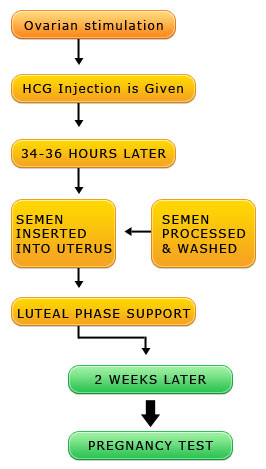
Step 5: Preparation of Semen Sample
There are various ways to prepare sperm prior to IUI. It is called as semen washing. The method of preparing is done based on the quality of the semen sample as regards the volume, count and motility of the sperm. Preparation of semen sample refines and concentrates the sperms and enhances the fertility capacity. Only motile normal sperms are obtained and all other contents are eliminated. These sperms are suspended in a nutrient medium and that sample is used for insemination. Insemination should be done shortly after the sperm has been prepared.
Step6: Result And Pregnancy Test
 Prior to pregnancy test it is best to wait for two weeks after the insemination procedure. One can also wait for 3-4 days over the expected date of the next menses. Then the pregnancy test can be performed in the clinic or at home itself with first mid urine in the morning. If your pregnancy is confirmed you will have to come for an ultrasound scan to confirm the site of pregnancy, viability and gestational age. In case if you get your periods you can stop all medication and consult the doctor on the second or third day of your menstrual cycle.
Prior to pregnancy test it is best to wait for two weeks after the insemination procedure. One can also wait for 3-4 days over the expected date of the next menses. Then the pregnancy test can be performed in the clinic or at home itself with first mid urine in the morning. If your pregnancy is confirmed you will have to come for an ultrasound scan to confirm the site of pregnancy, viability and gestational age. In case if you get your periods you can stop all medication and consult the doctor on the second or third day of your menstrual cycle.
Uses of IUI
- IUI is considered to be more natural way of fertility treatment
- This procedure can be done to the couple having infertility problem with unknown cause
- This procedure is effective for men with low sperm count or poor sperm motility.
- It is used for the couples who have problems where the man’s sperm can’t get through the women’s cervical mucus.
- Donor sperm is used for IUI for the man who cannot produce spermThe procedure can be done as out patient and does not need admission
- This procedure does not need much time to perform
- The IUI procedure is relatively less invasive and quite uncompicated
- Compared to other procedures for infertility it is less expensive
Do’s and Don’ts
After IUI the female will be advised to take some medication to help for the hormonal support and implantation of the embryo
After depositing the sperm ,the cervix will close, we encourage you to lie down for 20-30 minutes after the IUI procedure. Feel free to move up and down
There is no restriction in activity and there is no need for bed rest, diet, and travel restriction
The couple may continue to have sex if they desire after IUI. Infact it may aid conception
You can take a pain killer in case you have any pain or cramps after the procedure.
Success rates for Intra Utrerine Insemination
The success rate are considered to be not less than 6% and as high as 26% per one cycle. The insemination of several follicles at a time may result in as high as 26% success. Like IVF few cycles of IUI may be necessary before you are successful. Not more than 4-6 cycles are tried generally. If you fail to have any result after trying few cycles you may want to consider trying IVF
Side effects of IUI
Side effects are very rare and IUI is less stressful procedure in infertility treatment
- Uterine cramps may occur for some patients
- 1% of women may have spotting
- Nausea or gastrointestinal upset may occur to 0.5% of the patient
- There may be risk of multiple pregnancy
- When doing donor insemination adequate care is taken to ensure that the donor is free of infectious diseases



